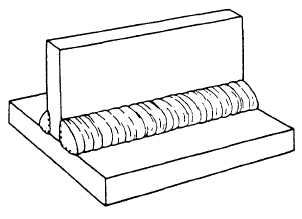Figure 15-38.—Tee joint-single pass fillet weld.
TEE JOINTS.—Tee joints are used to weld two
plates or sections whose surfaces are located
approximately 90° to each other at the joint. A plain tee
joint welded from both sides is shown in figure 15-38.
The included angle of bevel in the preparation of tee
joints is approximately half that required for butt joints.
Other edge preparations used in tee joints are shown
in figure 15-39. A plain tee joint, which requires no
preparation other than cleaning the end of the vertical
plate, and the surface of the horizontal plate is shown in
view A of figure 15-39. The single-beveled joint (view
B of fig. 15-39) is used in plates and sections up to 1/2
inch thick. The double-bevel joint (view C of fig. 15-39)
is used on heavy plates that can be welded from both
sides. The single-J joint (view D of fig. 15-39) is used
for welding plates that are 1 inch thick or heavier where
welding is done from one side. The double-J joint (view
E of fig. 15-39) is used for welding very heavy plates
from both sides.
You must take care to ensure penetration into the
root of the weld. This penetration is promoted by root
openings between the ends of the vertical members and
the horizontal surfaces.
LAP JOINTS.—Lap joints are used to join two
overlapping members. A single lap joint, where welding
must be done from one side, is shown in view A of figure
15-40. The double lap joint is welded on both sides and
develops the full strength of the welded members (view
B of fig. 15-40). An offset lap joint (view C of fig. 15-40)
is used where two overlapping plates must be joined and
Figure 15-39.—Edge preparations for tee joint.
15-28





